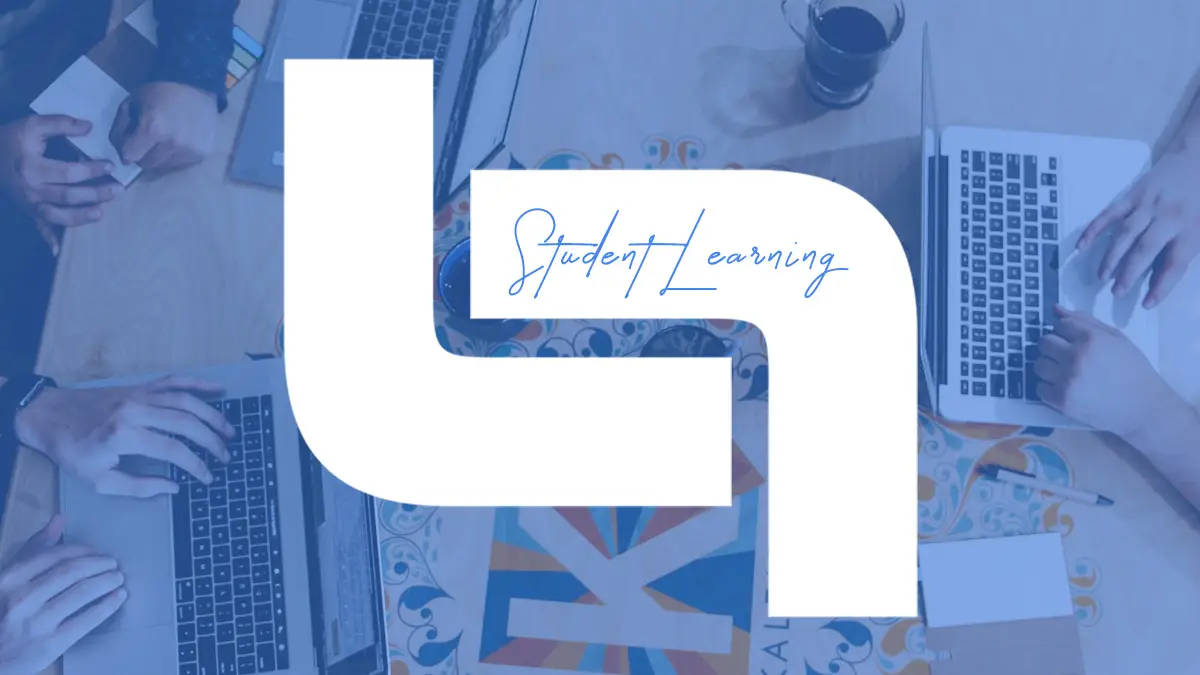Digital technology is changing schooling as well. Technology has a significant impact on student learning, enhancing established teaching methods and introducing new ones. This post analyzes how technology is changing education in many ways.
The Role of Technology in Modern Education
Technology has made learning interactive, engaging, and individualized. Students are no longer passive absorbers of knowledge. Technology makes education more engaging and thriving by making it dynamic and interactive.

Enhanced Learning Experiences
Technology has made learning more engaging and interactive than traditional one-size-fits-all. VR, AR, and interactive software give students dramatic, hands-on experiences that simplify complex concepts. VR can take pupils to ancient civilizations or faraway planets, making history and science more interesting. These technologies accommodate visual, auditory, and kinesthetic learners, allowing each student to learn best. Interactive whiteboards and projectors have replaced chalkboards, making schools more interactive. These tools enable teachers to display multimedia content, conduct interactive classes, and remotely communicate with experts worldwide, enriching and diversifying student learning.
Personalized Learning Paths
AI and machine learning in education have created adaptable learning systems. These systems analyze student performance and learning patterns to tailor the curriculum to their needs and speed. Personalization ensures that fast learners are challenged and that struggling students receive aid. It makes education more accessible and successful by reducing the one-size-fits-all approach’s constraints. These individualized learning routes go beyond academics. Their interests are also considered, encouraging them to study issues they care about. This method increases engagement and builds a deeper connection with the topic.
The Digital Classroom: A New Learning Environment
Classrooms are becoming digital, often virtual, places where learning is not limited by geography. This change has made education more accessible and flexible for different learning styles and lives. Most online programs offer a wide range of courses, allowing students to tailor their education to fit their career goals. The ability to learn at your own pace makes online education a valuable option for many learners.
Remote Learning and Accessibility
Online learning platforms have democratized education by giving high-quality learning resources to students anywhere. It helps poor and isolated persons who cannot attend traditional schools. For those who need additional support or personalized guidance in their academic endeavors, options like the ability to hire a essay writer can be a valuable resource. Online classes, video lectures, and digital libraries make world-class education accessible, and professional writing services benefit all students. Education technology has benefited disabled children. Customized interfaces, screen readers, and speech-to-text technologies simplify learning. These tools allow impaired students to participate in school fully, often in new ways, complementing services like essay writing assistance.
Collaboration and Global Connectivity

Collaboration is promoted and facilitated globally, thanks to technology. Breaking cultural and geographical barriers, students can now collaborate globally. Global connectedness enhances learning by exposing pupils to multiple ideas and promoting global citizenship. Shared digital workplaces, video conferencing, and online forums foster teamwork and communication. They train pupils for a digitally connected, distant workforce.
The Impact of Technology on Critical Thinking and Problem-Solving
The digital age has brought an abundance of information, making it imperative for students not just to consume content but to evaluate and apply it critically. Technology in education plays a crucial role in developing these essential skills.
Developing Critical Thinking
Data analysis and interpretation are essential in an information-rich society. Digital tools give students many resources and viewpoints to build these skills. In pursuit of academic achievement, students often struggle with challenging assignments. In such instances, outside help can be useful. For example, to better handle these academic demands, one might check recommended services on Reddit that offer guidance on data analysis and interpretation. Studying, analyzing, and evaluating are encouraged. After gathering facts, this process entails making educated decisions and generating well-reasoned conclusions. Data visualization, simulation, and analytical tools in teaching improve higher-order thinking. Students develop analytical and critical thinking abilities by analyzing data, finding patterns, and drawing conclusions.
Encouraging Innovative Problem-Solving
Creative problem-solving is essential in a complex world. Technology-rich learning environments with real-world problems and digital tools demonstrate this. Coding, digital design, and robotics projects empower students to employ their talents in unexpected situations, boosting creativity and adaptation.
These traits are essential for academic and professional success. Technology-adapting industries need creative and efficient problem-solvers. Interestingly, the effectiveness of such innovative educational approaches has been recognized in various reviews, similar to how speedypaper.com rated in this review by LinkedIn for its contribution to academic support services. In the digital age, varied learning tools and services are crucial to problem-solving.

Challenges and Considerations
While the integration of technology in education brings numerous benefits, it also presents several challenges that need to be addressed.
Ensuring Equitable Access
A significant problem in incorporating technology into education is giving all students equal access to digital tools and resources. Digital divides persist between those with easy access to technology and those without. Disparities in educational opportunities and outcomes can result. Technology and training must be provided to impoverished and rural places. It includes laptops, iPads, reliable internet, and digital literacy programs. Technology access must be equitable to make education inclusive and fair for all students.
Balancing Technology and Traditional Learning
Technology has changed education, but old techniques must be balanced. Technology addiction can impair handwriting, mental math, and face-to-face communication. Technology should complement and improve existing teaching techniques, not replace them. This balance is crucial, much like the approach taken by SpeedyPaper.com rated in this review by LinkedIn, which provides online academic assistance while encouraging students to develop their skills. Screen time must be regulated well, especially for younger pupils. Finding a balance between digital and offline activities is essential since excessive screen time can harm health.

